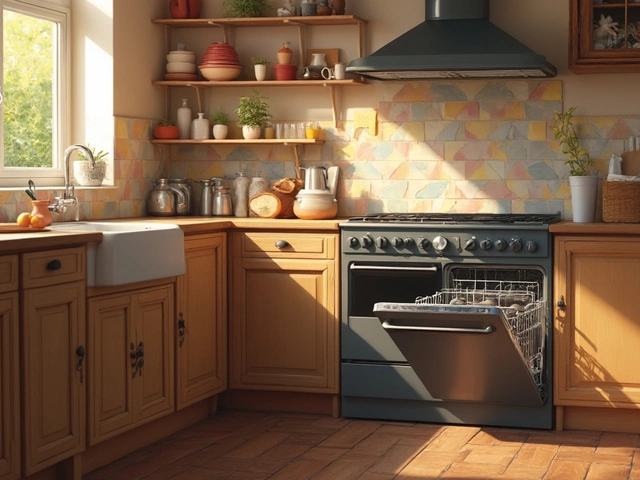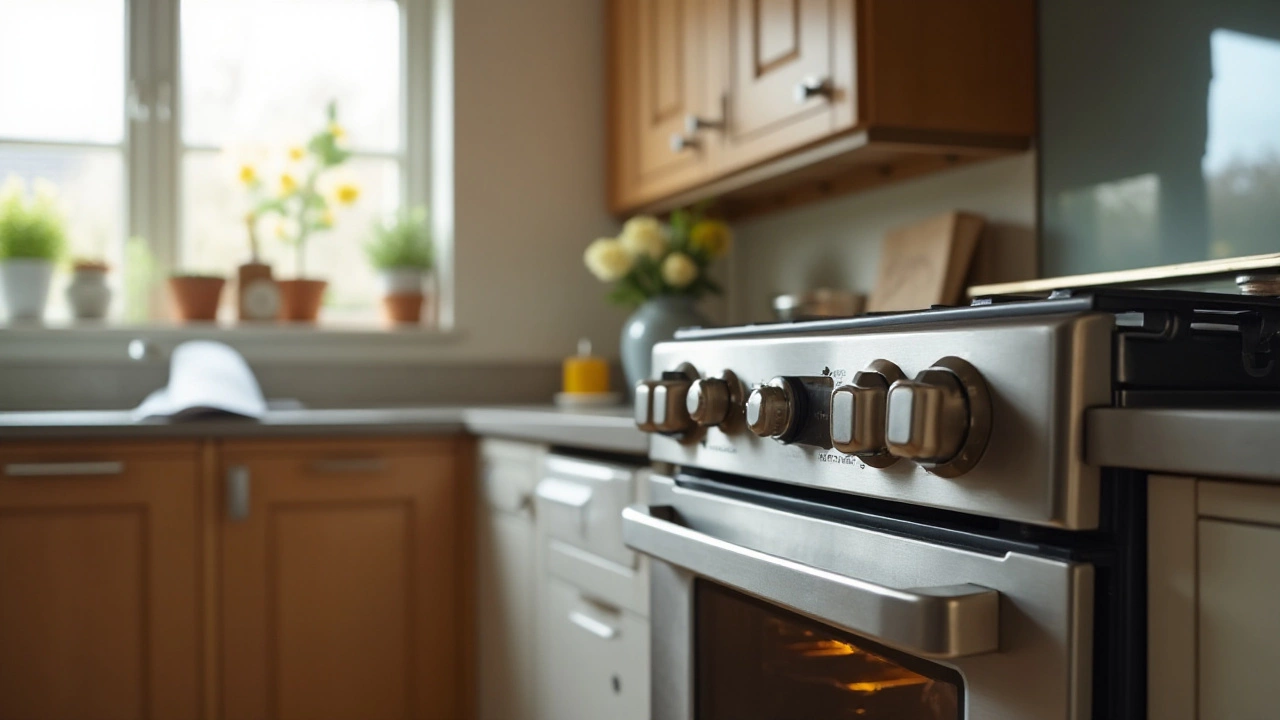Long‑Lasting Ovens: Simple Ways to Extend Your Oven's Life
Got an oven that’s been with you through countless roasts, pizzas, and birthday cakes? You don’t have to replace it after a few years if you treat it right. Below are the everyday steps that keep an oven humming, the warning signs that mean a repair is needed, and how to weigh repair against a new purchase.
Everyday Care that Makes a Difference
First off, clean the interior after each use. Food splatters and grease build‑up act like tiny insulators, forcing the heating elements to work harder and wear out faster. A quick wipe with a soft damp cloth (or a commercial oven cleaner for stubborn spots) does the trick. Don’t forget the door seal – a cracked gasket lets heat escape, raising energy use and putting extra strain on the thermostat.
Second, watch your temperature settings. Running an oven at 500 °F for hours when a recipe only needs 350 °F shortens the life of the heating elements. Use the lowest temperature that gets the job done and avoid constantly opening the door; each opening drops the temperature, making the oven cycle more often.
Third, schedule a yearly check‑up. A local repair service can inspect the wiring, the bake sensor, and the door hinges. Spotting a frayed cord or a loose connection early prevents a sudden breakdown and can be fixed for a fraction of the cost of a full‑blown failure.
When to Repair and When to Replace
If the oven won’t heat, the first thing to check is the heating element. Look for visible cracks or discoloration. Replacing an element usually costs between £70‑£150 plus labour, and it’s often worth it if the oven is under ten years old and otherwise in good shape.
Thermostat or sensor issues are another common culprit. A faulty sensor can cause uneven heating or prevent the oven from reaching the set temperature. These parts are cheap (often under £30) and a quick swap can give your oven a new lease on life.
However, if you’re dealing with multiple failures—such as a broken door, a cracked oven cavity, or recurring electronic glitches—compare the total repair bill to the price of a new, energy‑efficient model. Modern ovens use less electricity and may qualify for green‑energy rebates, which can offset the upfront cost.
Remember the rule of thumb: if repair costs exceed 50 % of a new oven’s price and the unit is older than 8‑10 years, start shopping for replacements. A durable brand with a good warranty can last another decade, saving you both money and hassle.
Finally, keep records. Jot down the date of each service, what was fixed, and any parts replaced. This history helps you decide when the oven has hit the end of its useful life and gives technicians a clear picture of recurring problems.
By cleaning regularly, using sensible temperatures, and getting an annual inspection, most ovens can stay reliable for 12‑15 years or more. When the big issues pop up, weigh the repair cost against the age and efficiency of your current unit. With these habits, you’ll spend less on replacements and keep your kitchen humming smoothly for years to come.






